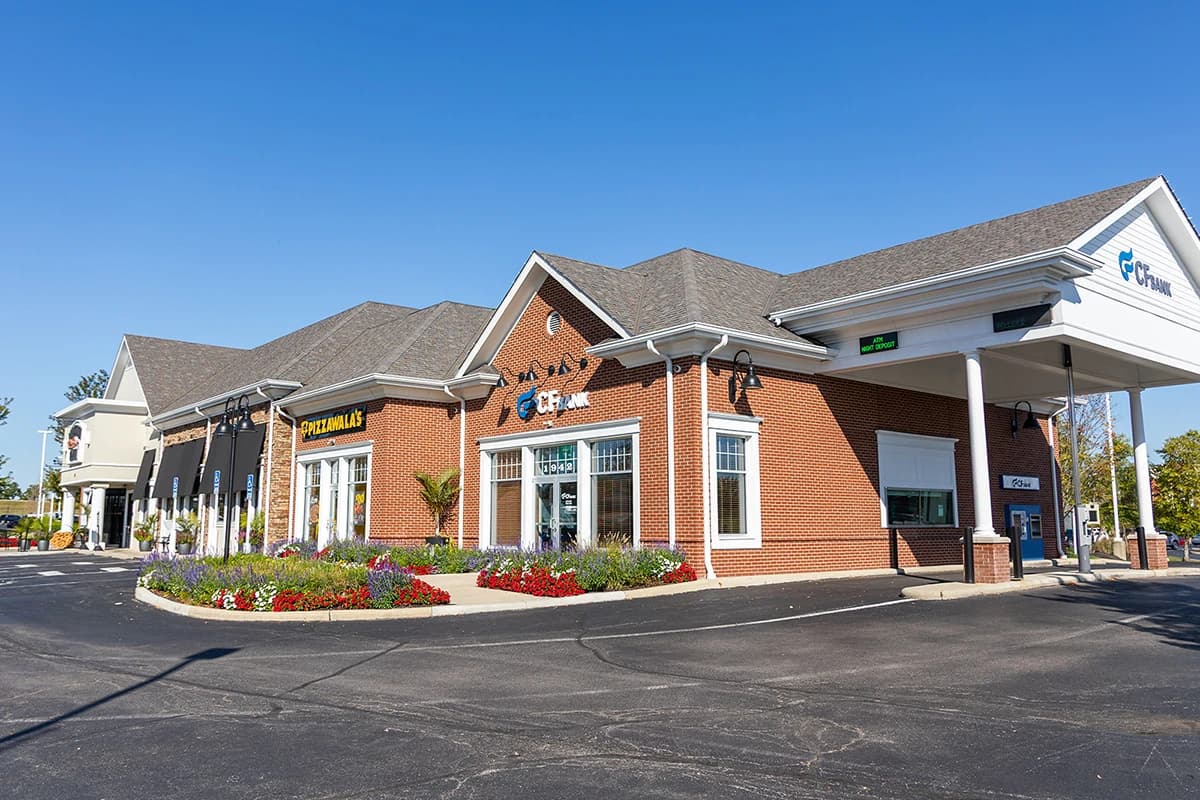
An Investor’s Guide to Mixed Use Commercial Properties
Written on November 17th, 2025 | Updated on November 19th, 2025
What is Mixed Use Commercial Property?
It’s commercial real estate that has two or more functional spaces in a single development, such as retail, residential, industrial and office. Mixed use properties combine property types to provide tenants and customers with easy access to various amenities, which often complement each other. For example, a strip mall may be home to a sports equipment store, a physical therapist’s office and a training facility, making a one-stop destination for renters that benefit from each other’s foot traffic and individuals looking for comprehensive services.
Types of Mixed Use Properties
Vertical: This type of property houses tenants on various floors in a vertically stacked development. A common layout may feature a restaurant or shop on the first floor with offices or apartments occupying upper levels.
Horizontal: A horizontal mixed use property has multiple tenants on a single lot and is common in suburban areas. They might have separate buildings or house several businesses in a larger commercial complex.
Transit-oriented: Mixed use real estate built near transportation hubs is considered transit-oriented commercial property. Their proximity to public transit, surface roads and highways allows for efficient commuting for residential and commercial renters.
Benefits of Investing in Mixed Use Properties
Diversified revenue sources: With a variety of tenants, you’ll have access to more stable cash flow than a single use property. The diversity can help attract more foot traffic, which can go a long way toward improving occupancy rates as well. If one renter’s industry suddenly shifts, you can rely on your other tenants to still provide income.
Increased property appreciation: Mixed use commercial real estate effectively becomes a self-sustaining investment because of its multiple income sources. The progress of one tenant can enhance the business of another, resulting in a place where people can live, eat, work and play in one location. That supports long-term occupancy and steady rental growth.
Community demand: People value convenience, so putting different services and businesses in proximity supports community creation. Tenants may be more inclined to move in if there are complementary businesses that already draw steady foot traffic nearby.
Smart land use: Mixed use properties maximize value per acre, allowing multiple tenants to optimize their operations within a smaller footprint. Vertical designs reduce urban land sprawl, which is crucial in urban settings with higher population densities. This type of real estate also makes it possible to walk or bike from home to work or retail centers and can lower traffic congestion.
Strategies for Investing
Combining residential, retail, industrial and other businesses means you’ll have more diverse revenue generation so you can adapt to economic cycles efficiently. Proactive property management plays a major role in mixed property tenant satisfaction. Using those services will help you provide consistent maintenance and upgrades that can enhance operations and keep your renters happy. Keep tabs on industry growth in different sectors so you can attract the right tenants who can help you grow your portfolio. Understanding local demographic shifts can guide your improvement strategy, too, so you can offer appropriate amenities.
Factors to Consider Before You Invest
Complex management: A medical office will have different needs than a restaurant or warehouse, which is why maintenance coordination is crucial. You’ll need to account for shared space and utilities to ensure each tenant has what they need to operate efficiently.
Zoning considerations: Local zoning laws vary based on the type of land use. You’ll have multiple regulations to contend with when investing in mixed use real estate, so research topics like development regulations, parking requirements, noise ordinances and building codes.
Tenant demand: Your success in commercial investment depends heavily on your understanding of individual and collective tenant demand. Evaluate the neighborhood surrounding a property to learn about traffic patterns and growth projections to determine its attractiveness to potential tenants. Evolving preferences will influence how long each business stays on your property.
Partner with DRK to Maximize Your Commercial Portfolio
Investing in and managing mixed use commercial property requires keen insight into local market trends and economic influences. The DRK and Company team not only knows the Columbus market inside and out, but we also live and work here, which provides us with the necessary perspective to help you optimize your portfolio. Learn about our commercial real estate services and contact us to schedule a consultation.


